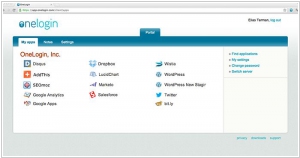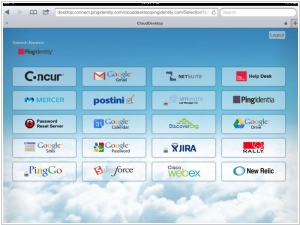OneLogin vs Ping Identity
August 06, 2023 | Author: Michael Stromann
OneLogin and Ping Identity are both popular identity and access management (IAM) solutions, but they have distinct features and approaches.
OneLogin is a cloud-based IAM platform that provides robust authentication, single sign-on (SSO), and user provisioning capabilities. It enables organizations to centralize user management, streamline access to various applications, and enforce security policies. OneLogin offers features like multi-factor authentication, password management, and directory integration to enhance identity security and user experience.
Ping Identity, on the other hand, is a comprehensive IAM platform that focuses on providing secure and seamless access to applications, APIs, and devices. It offers a range of authentication protocols, including SSO, adaptive authentication, and OAuth, to ensure secure user access across different systems. Ping Identity also provides capabilities for identity federation, user directory integration, and API security to enable organizations to manage and protect identities in a multi-cloud and hybrid environment.
See also: Top 10 Identity Management platforms
OneLogin is a cloud-based IAM platform that provides robust authentication, single sign-on (SSO), and user provisioning capabilities. It enables organizations to centralize user management, streamline access to various applications, and enforce security policies. OneLogin offers features like multi-factor authentication, password management, and directory integration to enhance identity security and user experience.
Ping Identity, on the other hand, is a comprehensive IAM platform that focuses on providing secure and seamless access to applications, APIs, and devices. It offers a range of authentication protocols, including SSO, adaptive authentication, and OAuth, to ensure secure user access across different systems. Ping Identity also provides capabilities for identity federation, user directory integration, and API security to enable organizations to manage and protect identities in a multi-cloud and hybrid environment.
See also: Top 10 Identity Management platforms
OneLogin vs Ping Identity in our news:
2021. One Identity has acquired OneLogin, a rival to Okta and Ping Identity
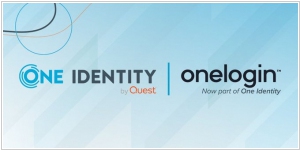
More consolidation is underway in the realm of cybersecurity, particularly concerning services that assist organizations in identity and access management. Today, One Identity, a provider of tools for managing "zero trust" access, log management, and governance services for enterprises, revealed its acquisition of OneLogin. OneLogin, a competitor to companies such as Okta and Ping in the secure sign-on services domain for end users, boasts an impressive customer base of around 5,500 organizations, including renowned names like Airbus, Stitch Fix, AAA, and Pandora.
2017. OneLogin brings some smarts to multi-factor authentication
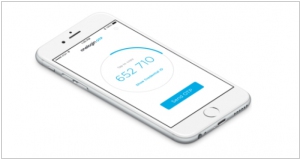
Multi-factor authentication service OneLogin has introduced an updated version of its mobile app that incorporates machine learning capabilities. This new release utilizes machine learning to analyze and recognize your typical usage patterns. As a result, the app will only prompt you for a second factor of authentication when it determines it to be absolutely necessary. Unlike most multi-factor authentication algorithms, which follow rigid rules such as requesting a password when on the work network and a second factor when not, this enhanced version takes a more nuanced approach by understanding how users typically access the network. The latest iteration of the OneLogin OTP aims to address this issue. For instance, if you frequently log in from your home using the same laptop, after multiple instances, the system will learn that this location and device are familiar to you. Consequently, you will be granted access to the network without the need for a second factor of authentication.
2016. OneLogin acquires Sphere Secure Workspace to gain mobile management
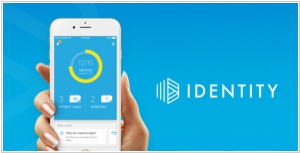
Cloud identity management provider OneLogin has completed the acquisition of Sphere Secure Workspace, expanding its identity-driven security model to include mobile device management capabilities. Sphere offers a containerized approach to mobile security, where work-related content is segregated from personal content within a virtual container on a single device. Although this approach is not novel, it provides OneLogin with entry into the lightweight mobile device management sector. With Sphere, the company can easily eliminate the container when an employee departs from the organization or misplaces a device, while preserving the individual's other content. This solution enables employees to access work-related content in a highly secure manner through a single login, while safeguarding their personal content.
2015. Ping Identity adds authentication via Apple Watch
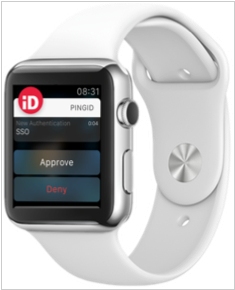
Identity management platform Ping Identity has introduced a new feature that allows users to obtain their second authentication factor using an Apple Watch. The platform's concept revolves around prioritizing identity within the security framework, empowering users, including employees, partners, and customers, to access applications seamlessly across various devices, based on their unique identities. With Ping Identity, after signing in, your Apple Watch will vibrate, prompting you to activate it and tap the sign-on card displayed on the Watch. This innovative utilization of the Apple Watch offers a convenient and effective approach to streamline security measures.
2014. Identity management service Ping Identity lands $35M
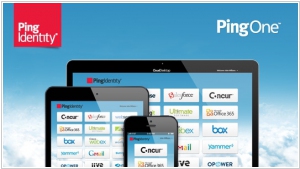
Cloud security startup Ping Identity has secured a $35 million investment, highlighting the company's focus on mobile integration within its identity management platform. By leveraging a user's smartphone, Ping Identity ensures that the appropriate individuals gain access to specific parts of the network, thereby enhancing security measures. The identity and access management sector has witnessed notable activity this summer, with Okta securing a $75 million investment in June, and Sailpoint receiving an undisclosed investment valued at several hundred million dollars. These startups operate under the shared belief that the cloud has introduced complexities for companies to monitor access to their intricate internal networks, while simultaneously safeguarding against potential threats and unauthorized access.
2011. VMWare launches single sign-on service
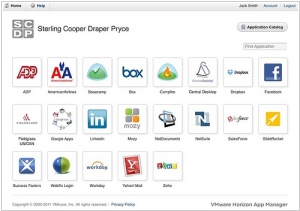
As known, the main problems with SaaS-apps arise not with users, but with IT administrators, because they are losing control over what's happening. Because of this, they resist the SaaS implementation, claiming in particular, that they can't control authentication data across multiple SaaS services. To solve this problems, the new class of services appeared - SSO (Single Sign-on services). We have already reviewed one of them - OneLogin. There are some others, but all of them are semi-startups, which can't fully satisfy the IT staff. And finally there is a solution from the solid company - VMware Horizon App Manager. ***
2010. OneLogin - Single sign-on for SaaS apps
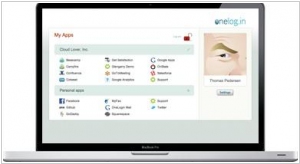
Thanks to SaaS technology, a large number of business applications have appeared. Now companies can use multiple applications from different vendors (not just from Microsoft). But along with the wide variety of applications the problems of their integration and a single sign-on have come. Various platforms, marketplaces and SaaS associations are intended to solve these problems: Force.com, Intuit Partner Program, Google Apps Marketplace. OneLogin also tries to solve the single sign-on problem in simple and ingenious way. It is the centrally-administered username / password database + browser plugin, which makes working with a large number of SaaS applications very convenient. ***

